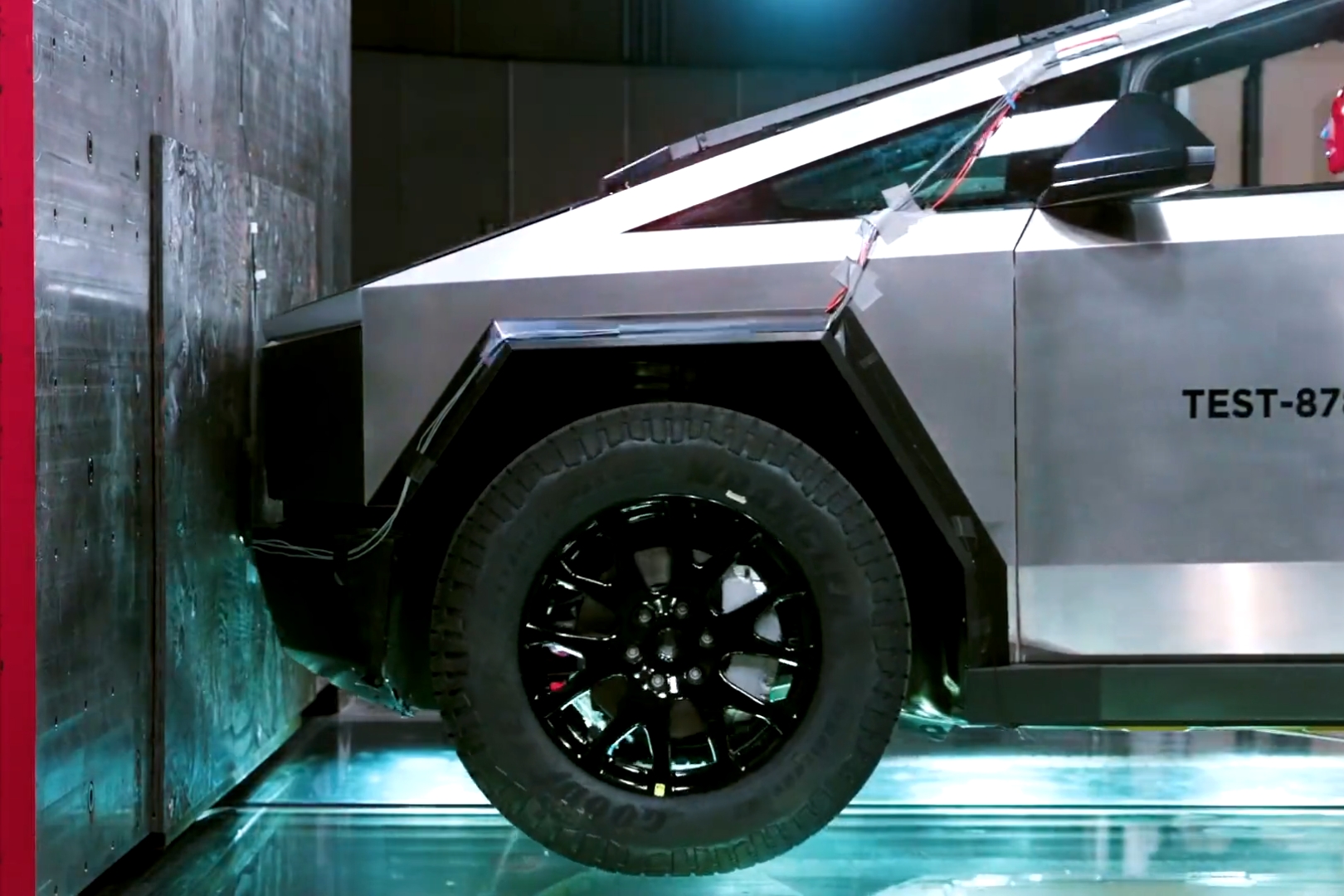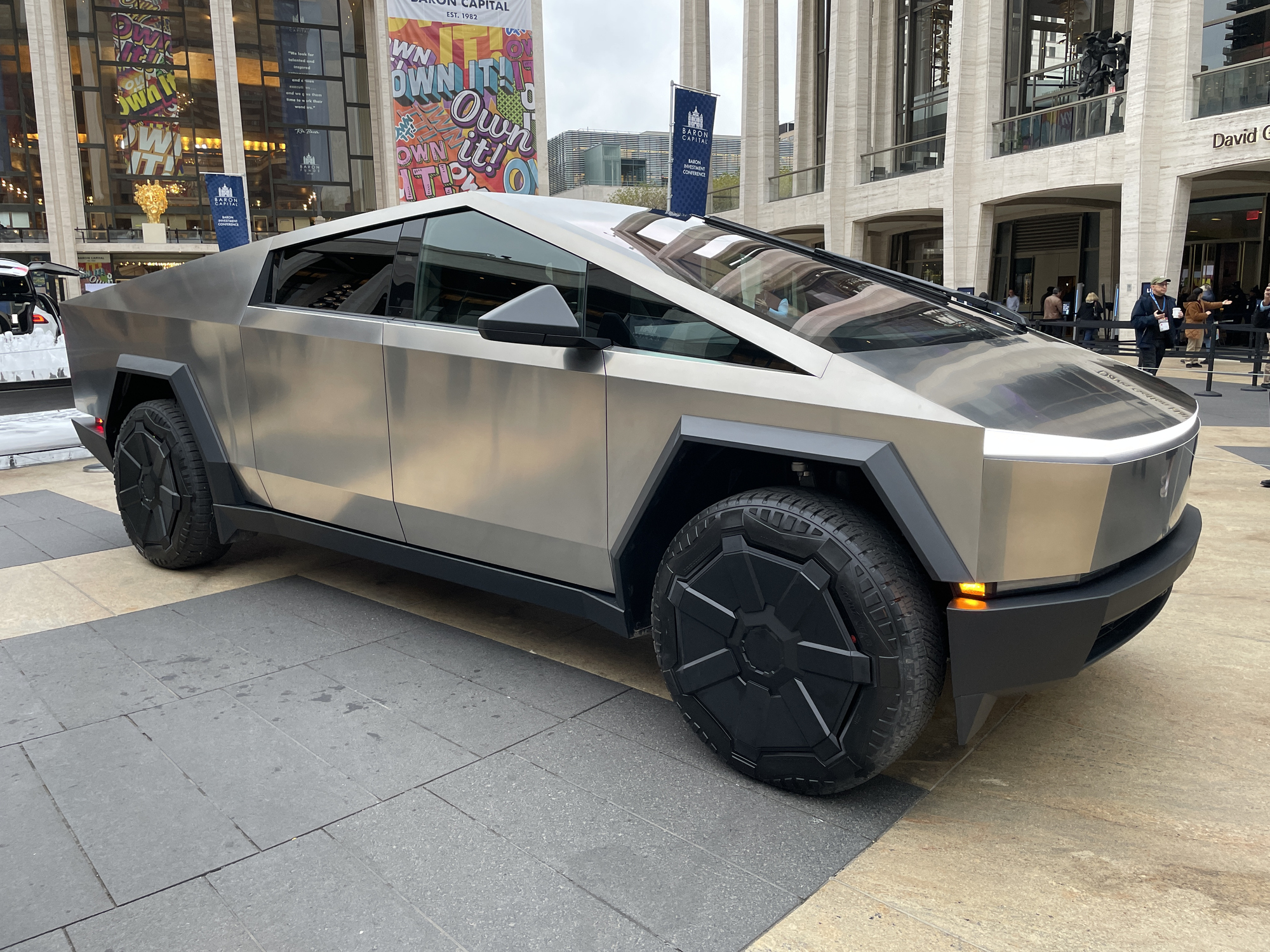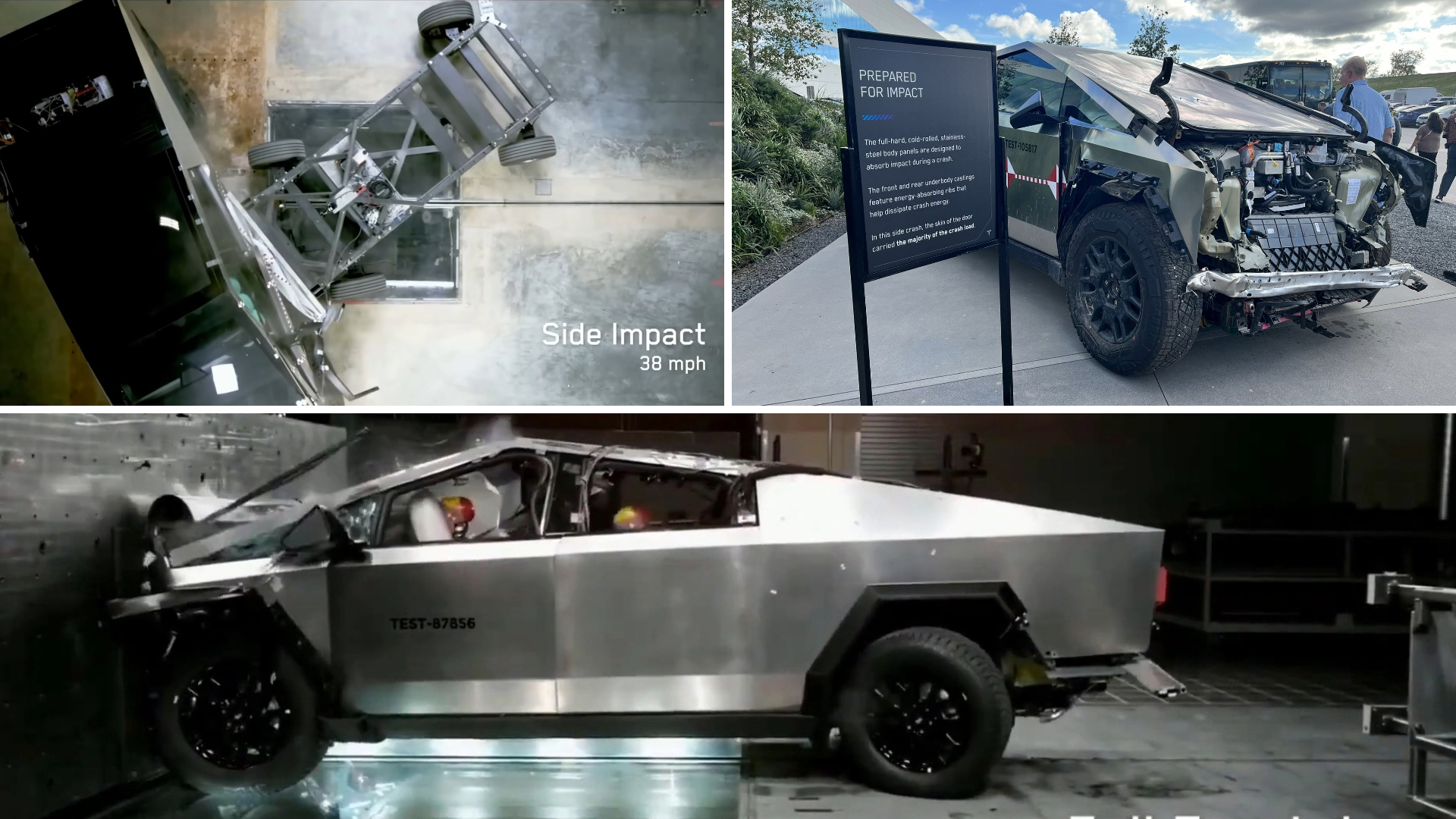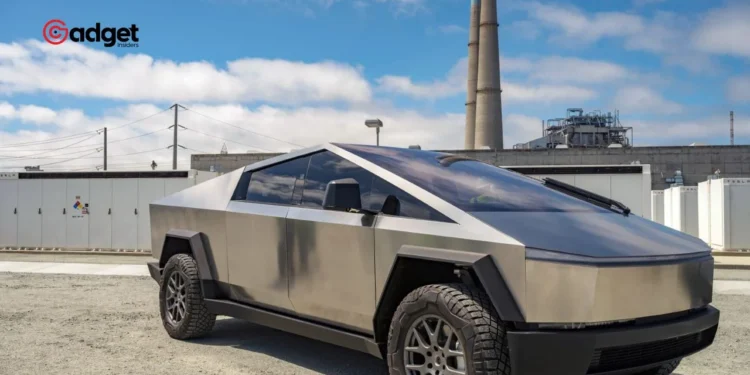In a world where customization can make or break the uniqueness of a vehicle, one Tesla Cybertruck owner, Tyson Garvin, took it to the next level by polishing his truck to a mirrorlike sheen. This aesthetic decision, while undeniably eye-catching, has sparked a heated debate across social media platforms about the safety implications of such a reflective exterior.
Garvin’s vehicle went viral in May after he showcased the results of his project: a Cybertruck whose stainless steel body gleamed like a mirror, transforming the truck into something that could double as a piece of mobile art.
According to Garvin, the shiny finish was more than just a visual upgrade; it solved the practical issue of fingerprint stains, a common annoyance for any polished surface.

Cybertruck: Reflective Beauty vs. Road Safety
However, the dazzling appearance of Garvin’s Cybertruck raised concerns among social media users and safety experts alike. The primary worry? The vehicle’s reflective surface might act like a giant mirror on the road, reflecting headlights and sunlight in ways that could potentially blind other drivers or camouflage the vehicle against certain backdrops.
Despite these fears, Garvin reassured that a road test conducted with his wife demonstrated that the truck’s tailgate, due to its slight downward slant, primarily reflected the road itself, not the headlights of trailing vehicles. “The test showed that the reflections were mostly harmless, bouncing off the asphalt rather than into drivers’ eyes,” Garvin explained to Business Insider.

Expert Opinions on Reflective Vehicles
David Zuby, chief research officer for the Insurance Institute for Highway Safety, noted the lack of comprehensive research on the safety impacts of highly reflective vehicle exteriors. “While reflective glare from headlights is a known hazard, there’s no conclusive evidence linking reflective body paint to increased crash risks,” Zuby stated.
Johnathon Ehsani, a Johns Hopkins Center for Injury Research and Policy research director, outlined the potential dangers. “Theoretically, a highly reflective vehicle could cause temporary blindness in certain lighting conditions,” Ehsani commented.
He also highlighted another risk factor, which is less about the reflection and more about the distraction such an unusual vehicle might cause. “It’s plausible that the Cybertruck could draw enough attention to become a road hazard, similar to how drivers might get distracted by a striking billboard.”

Legal and Insurance Perspectives
From a legal standpoint, Martin A. Kron, a seasoned New York traffic court attorney, pointed out that while there aren’t specific laws against reflective paint jobs, driving a highly customized vehicle could still lead to unintended police attention.
“Customized cars, especially those that stand out as much as a polished Cybertruck, tend to draw the eye — not just of every passerby but also law enforcement,” Kron remarked.
As for insurance implications, Zuby assured that a vehicle’s paint job typically doesn’t influence insurance premiums. “Insurance rates are more about historical data than predictive assessments. Unless shiny vehicles are proven to be at higher risk, their premiums remain unchanged,” he clarified.

Cybertruck: Beauty Versus Practicality
While Tyson Garvin’s polished Cybertruck may not break any laws, the ongoing debate highlights a crucial aspect of vehicle customization: the balance between aesthetic appeal and public safety. As automotive enthusiasts push the boundaries of design and functionality, the conversation around the implications of such innovations becomes increasingly important.
This case serves as a shining example of how modern vehicle customization can intersect with safety, legality, and insurance considerations, continuing to spark discussions and perhaps future regulations in the ever-evolving landscape of automotive design.










